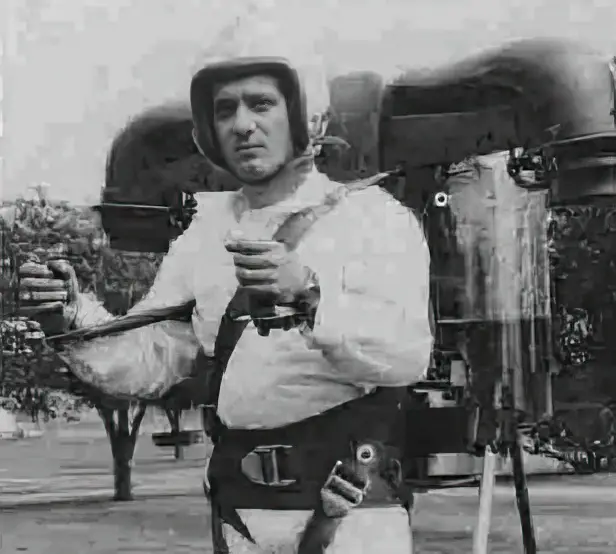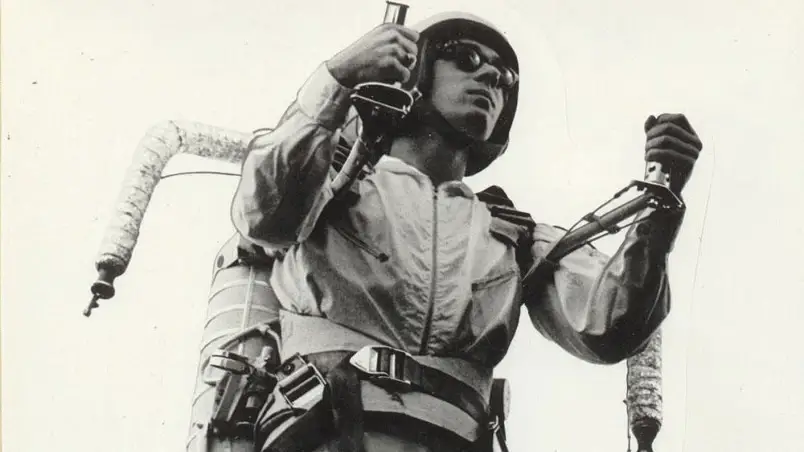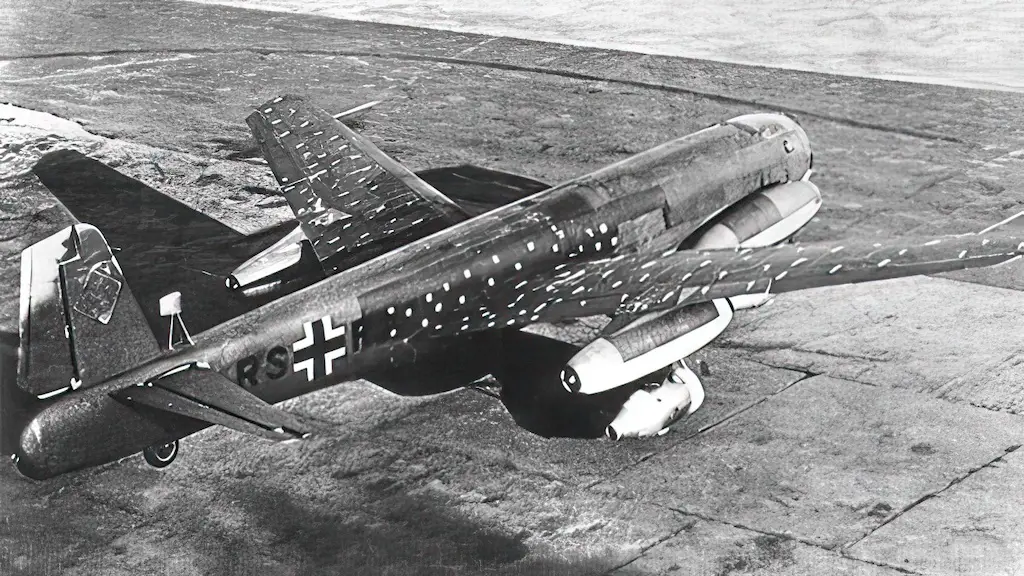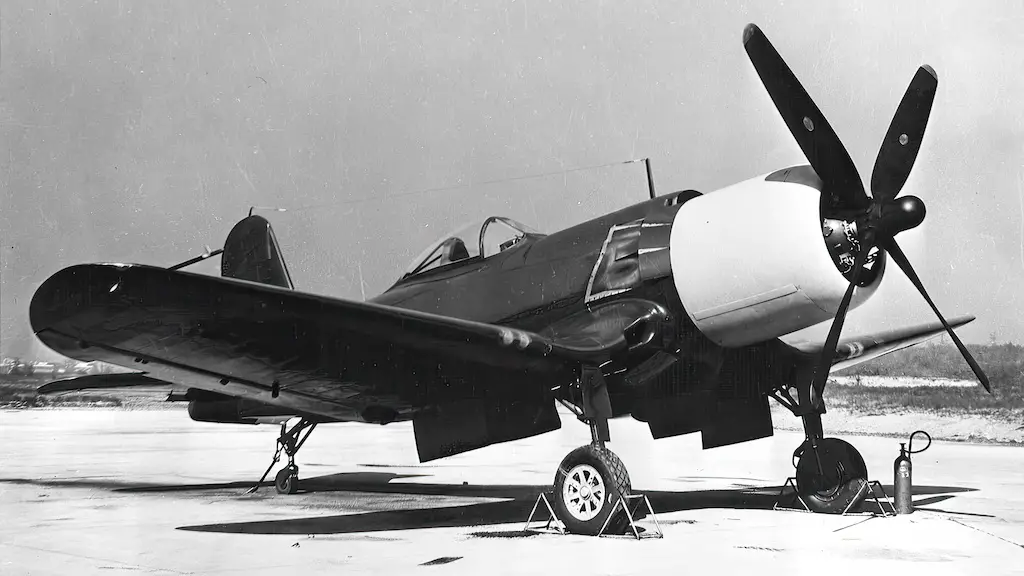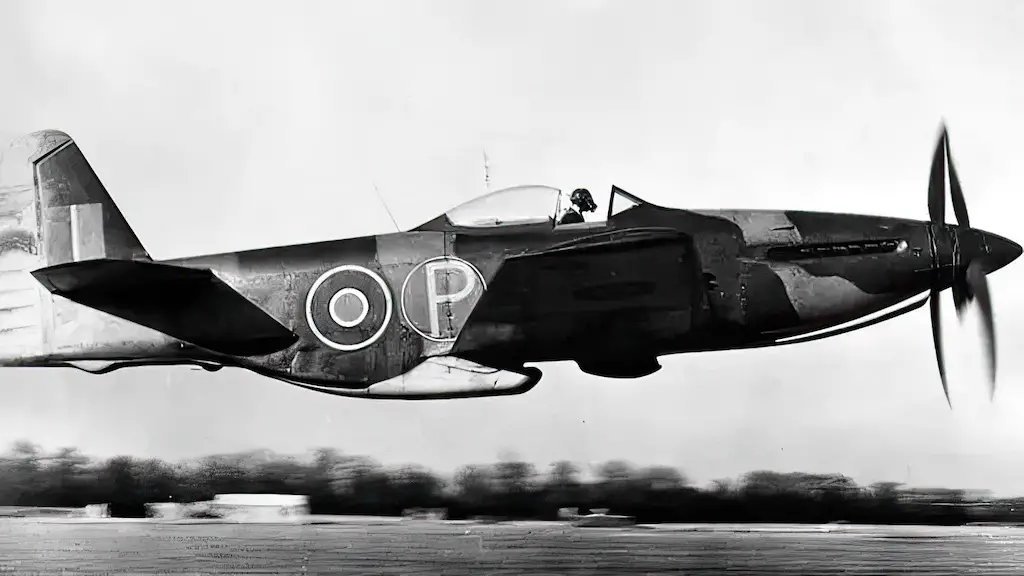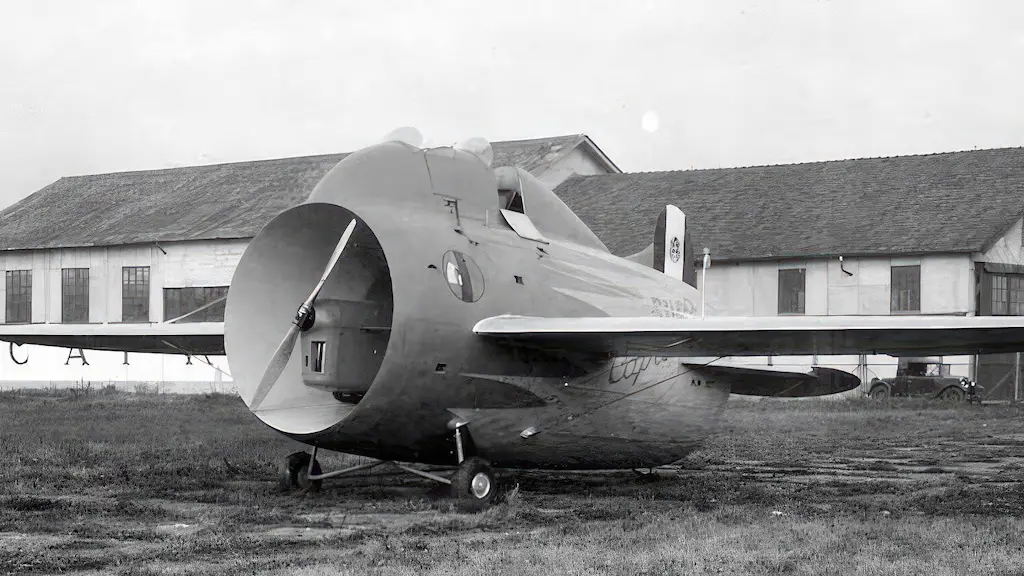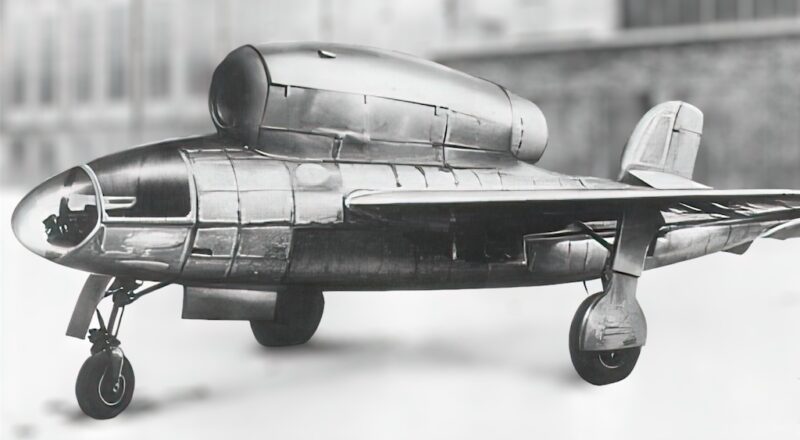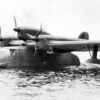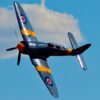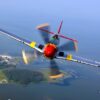I’m sure you have seen that iconic James Bond scene in Thunderball where he uses a jetpack to get away from the bad guys. This whilst a bit fanciful in the movie it’s based on actual jetpack idea that had its origins with German technology in WW2. It is no secret that Germans had quite an advanced rocket program, which helped them create V-1 and V-2 missiles.
Later it also became source of knowledge for American and Soviet designers working on their respective rocket programs. Germans also pioneered in creating first operational jet-powered fighter aircraft. What’s less widely known is that at about the same time they were working on a concept of a jetpack.
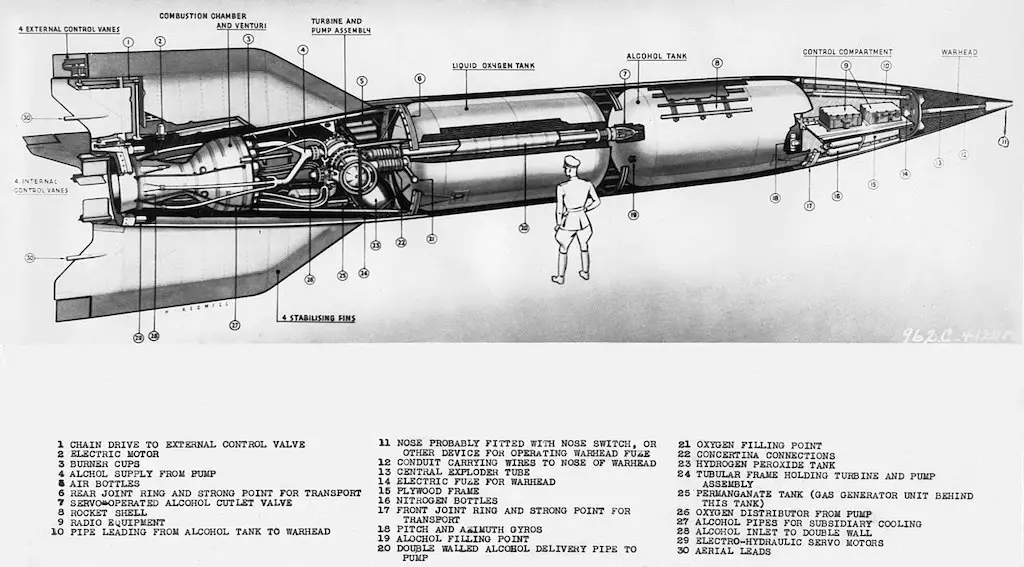
Design
The design created by engineer Paul Schmidt involved a pulse rocket motor using liquid oxygen. User of this jetpack (or rocket pack since it didn’t use any outside air), named Himmelstürmer (Sky Stormer), was supposed to carry a tank with liquid oxygen and two pulse tubes, a large one on the back for a forward and upward flight and a smaller one in hands for steering and balance. A prototype of this system was tested in late 1944.
Lack of technology
Of course, with the level of technology available at the time, using these systems for flying in the full sense of the word was not a realistic prospect. They consumed a dozen pounds of propellant per minute, so their range was severely limited by the amount of fuel a man could carry on his back. Applying these jetpacks to more mundane tasks, such as quickly crossing obstacles, on the other hand, seemed to be a promising option.

In fact, tests showed that the equipment allowed to make leaps over distances of over 50 yards. A soldier operating such a jetpack would have been able to get over small rivers, ditches or barbed wire installations in no time. However, German engineers never had the time to complete the project — the war ended before Himmelstürmer ever became operational.
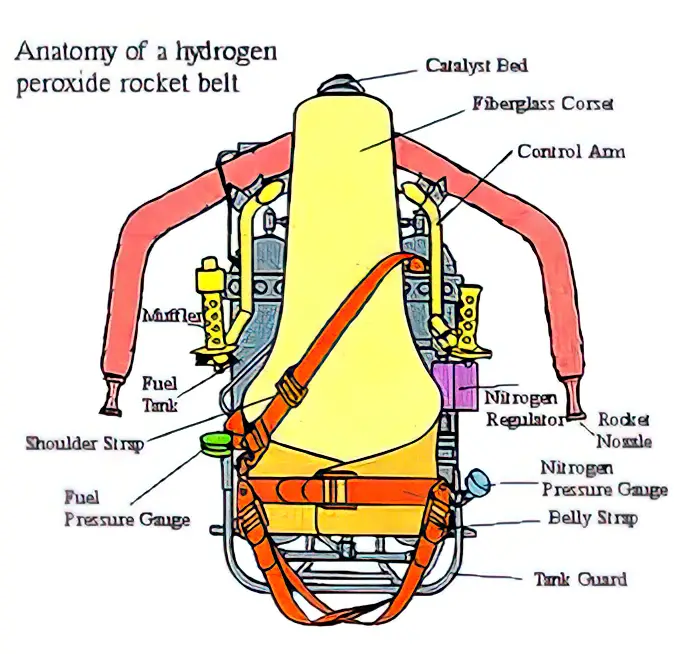
Just like other German rocketry know-how, results of Himmelstürmer groundwork became a trophy of the U.S. troops and were passed to American aeronautical companies. In particular, the German jetpack prototype was examined by experts of the Bell Aircraft Corporation, who found it too unsafe to use. Still, in late 1950s Bell developed their own jump belt under the ‘Project Grasshopper.’ It used high pressure compressed nitrogen.
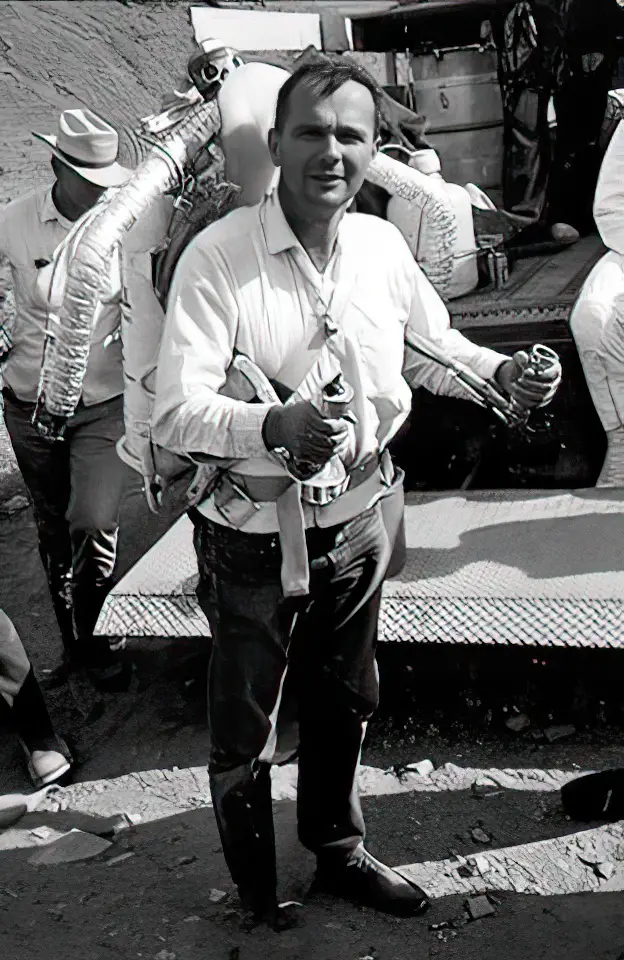
Impractical
This system, too, proved to be impractical and was never adopted by the U.S. military. Then, in 1960 Bell Employee Wendell Moore created his Rocket Belt, which allowed its operator to stay in the air for as long as 20 seconds. Moore’s invention was completely different from Schmidt’s, as it used chemical reaction to produce high-pressure steam for propulsion.
Later Moore took part in designing other Jet Belts, which could fly even longer, higher and faster. However, it wasn’t until the 21st century that jetpacks started to gain performance characteristics which could make them viable for actual combat use.
